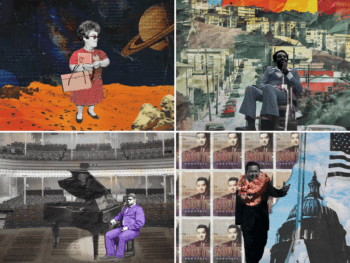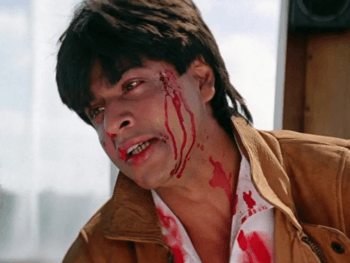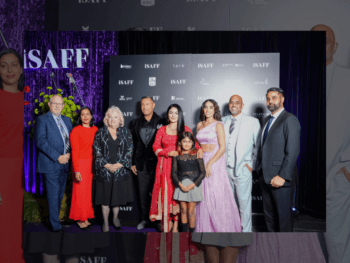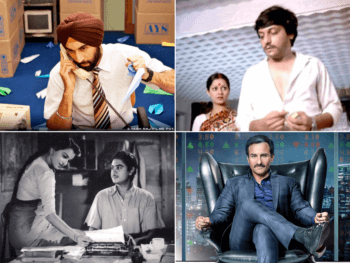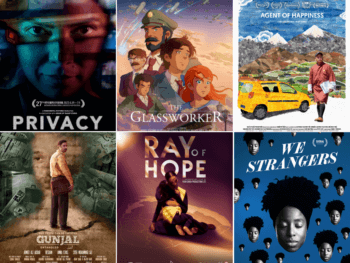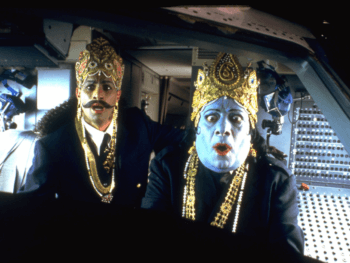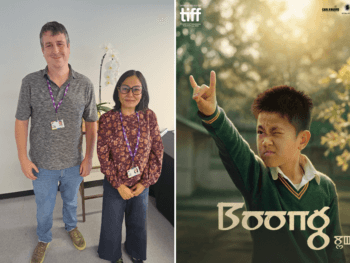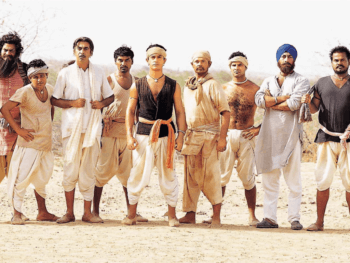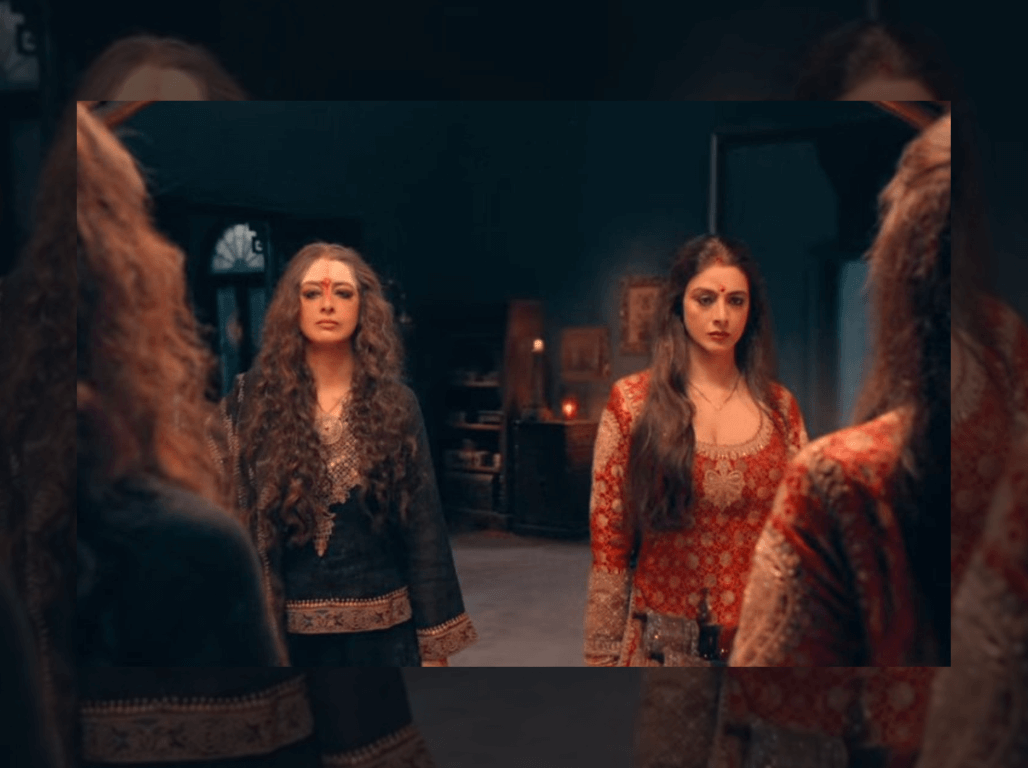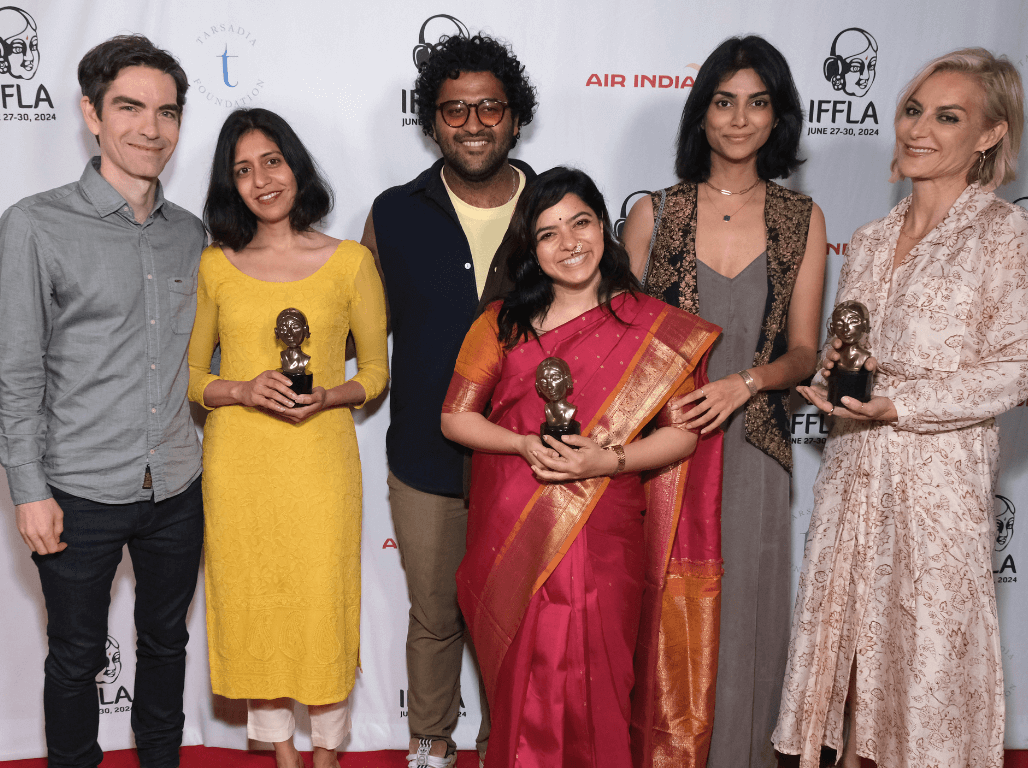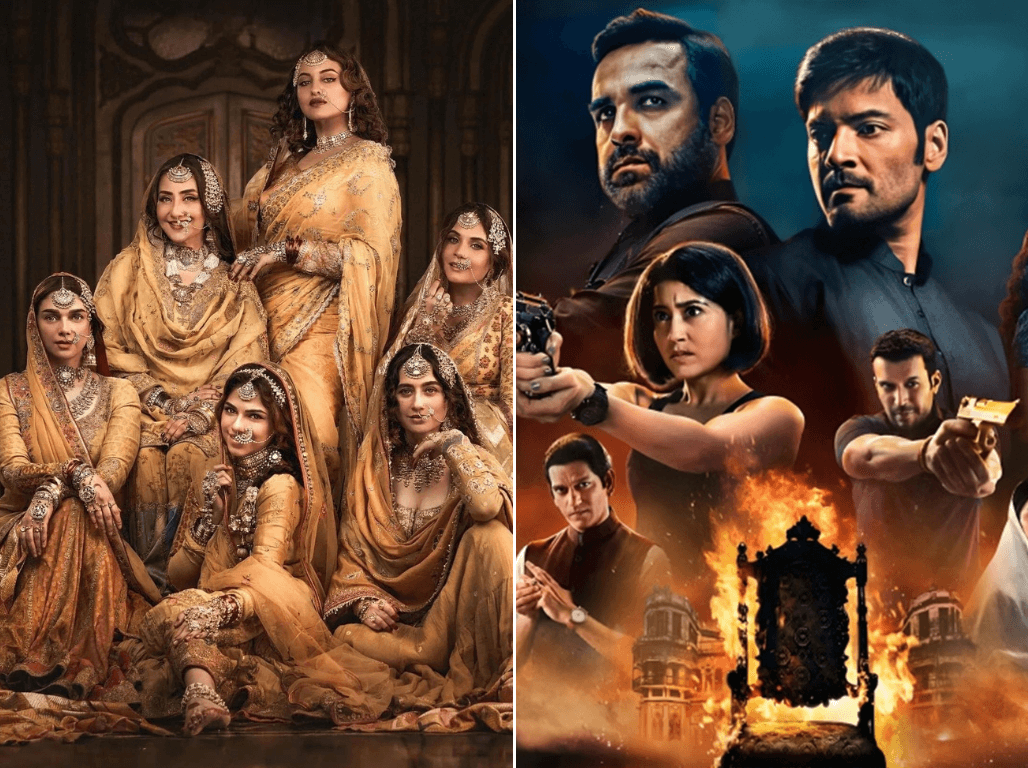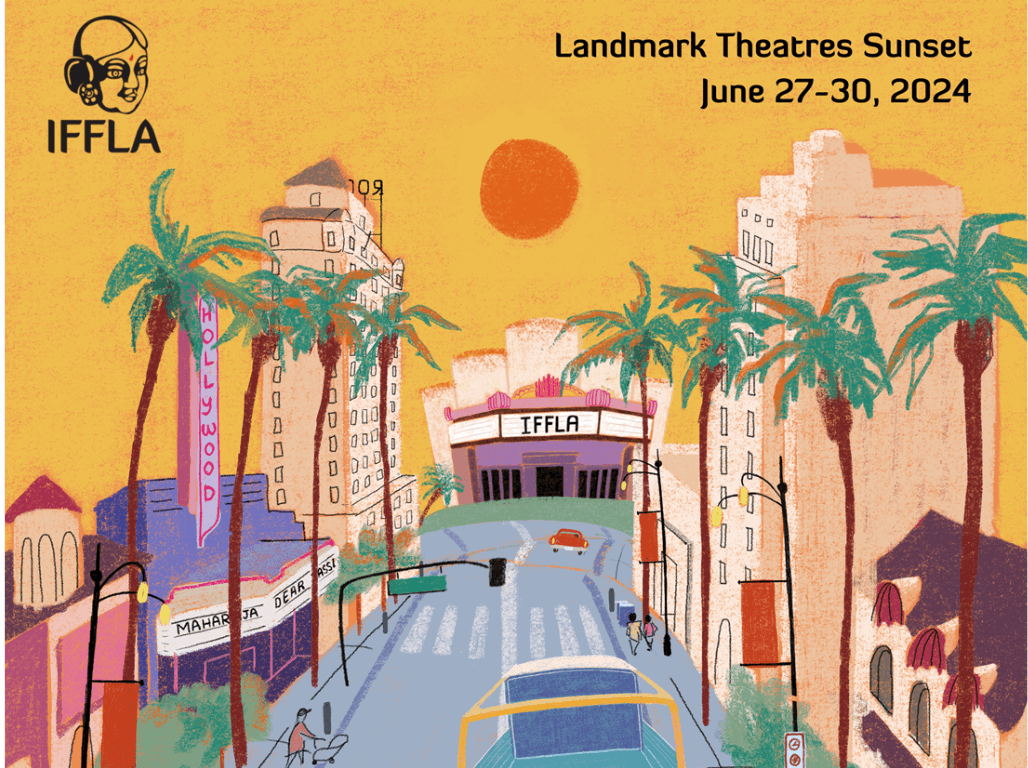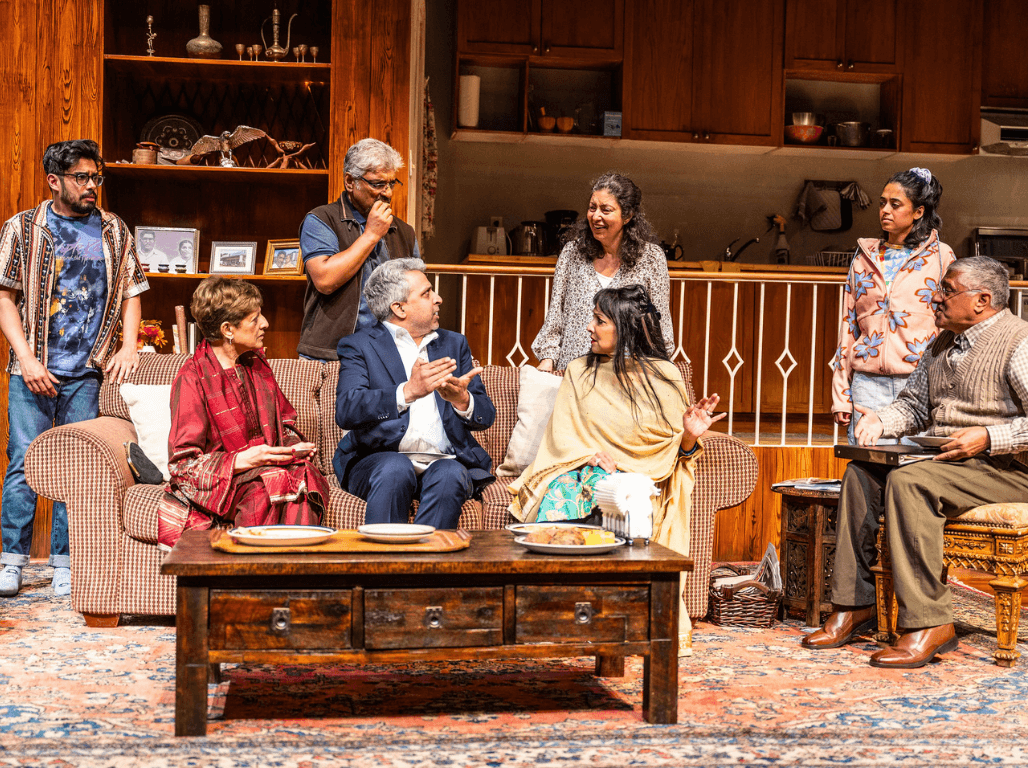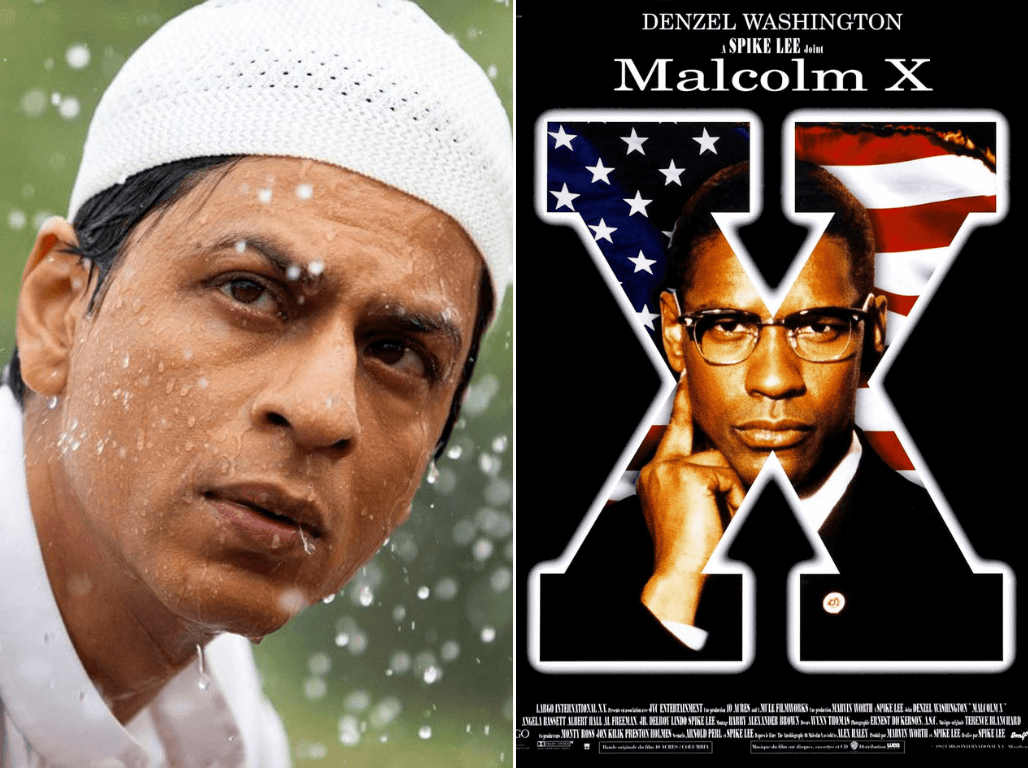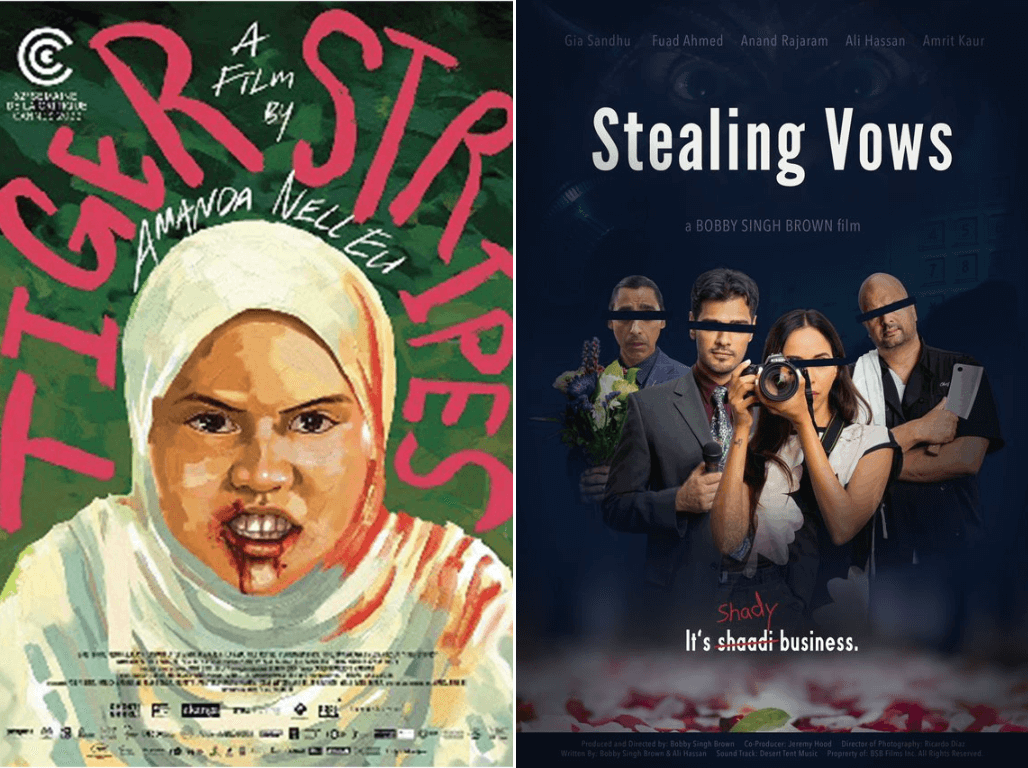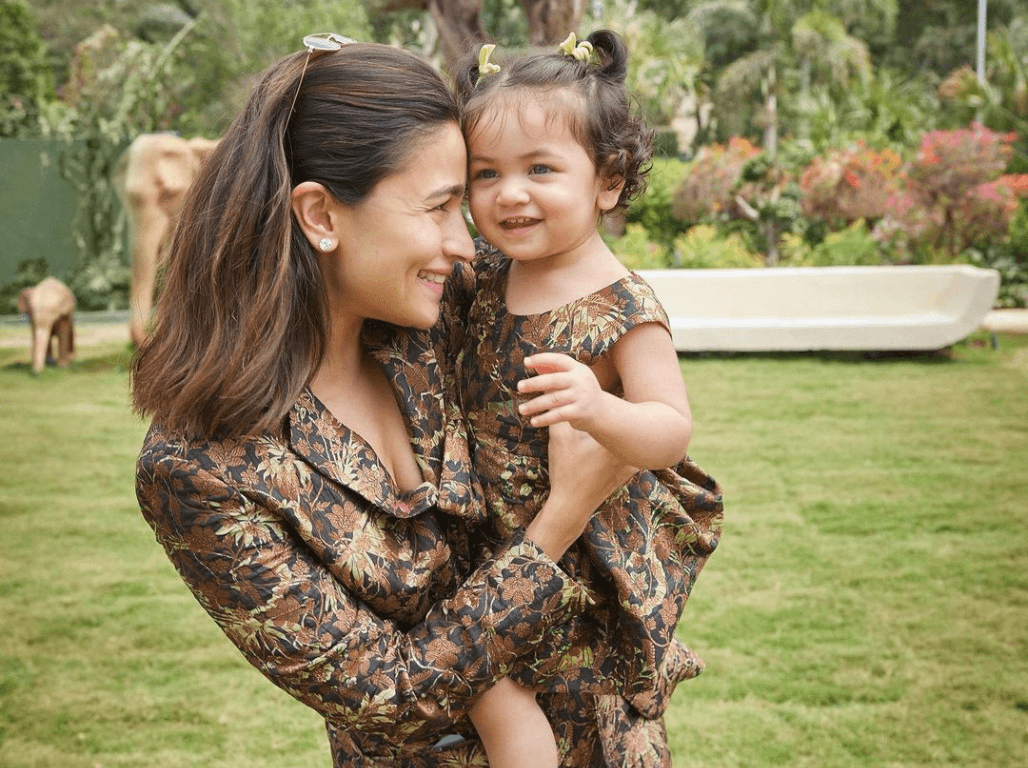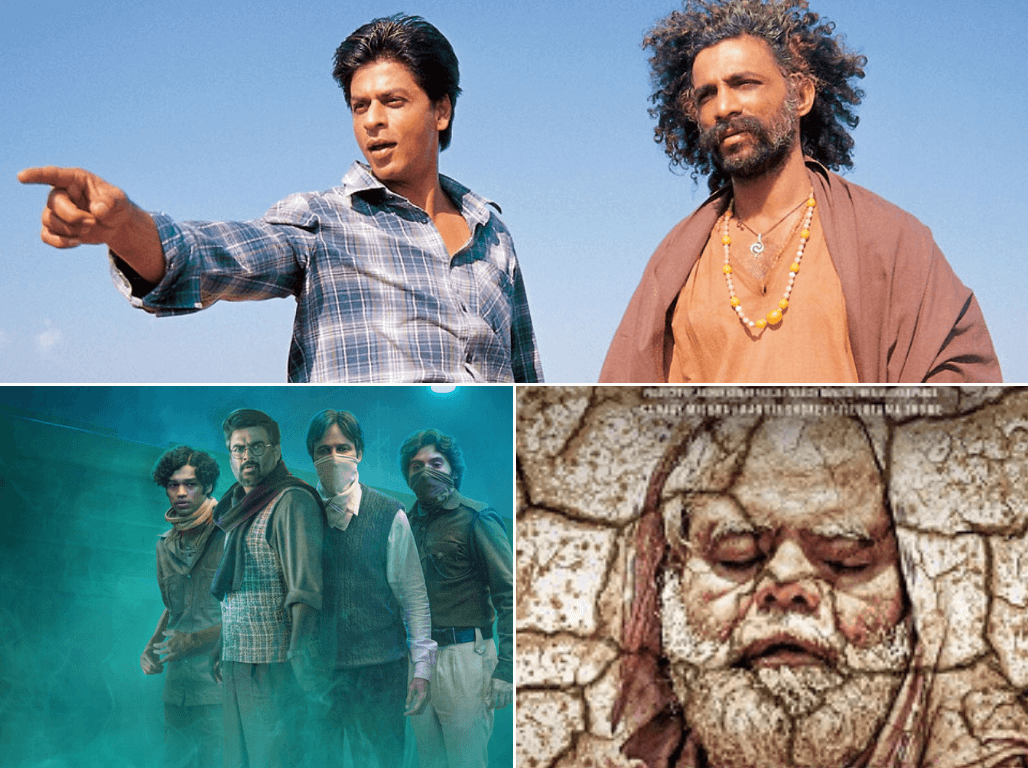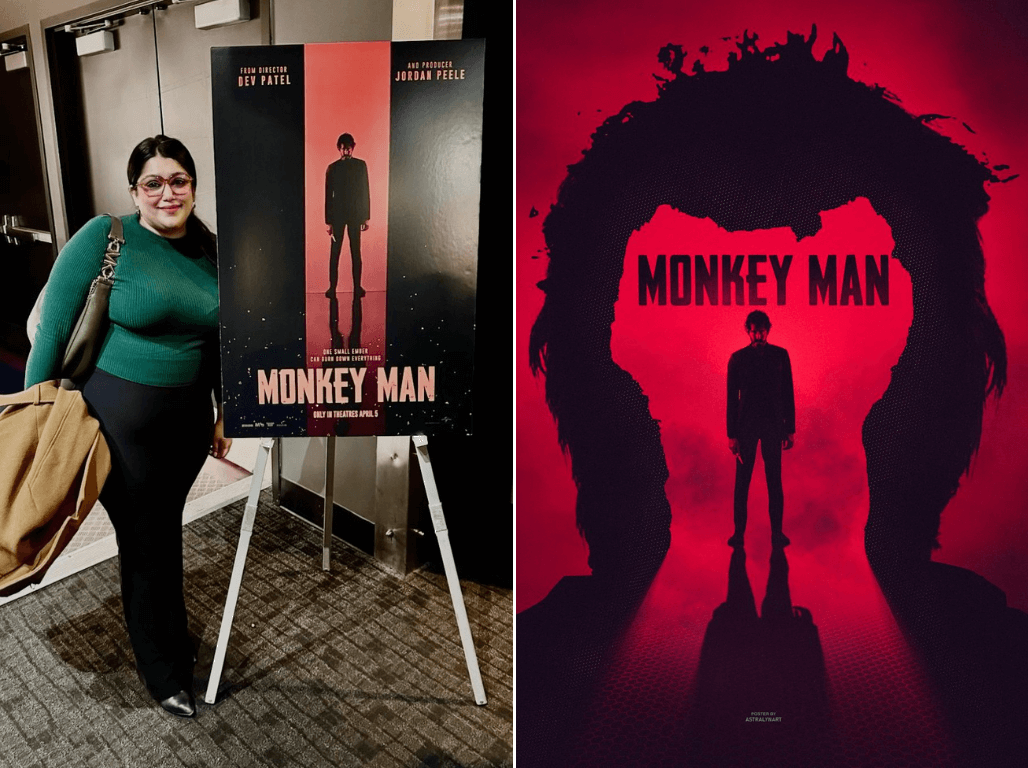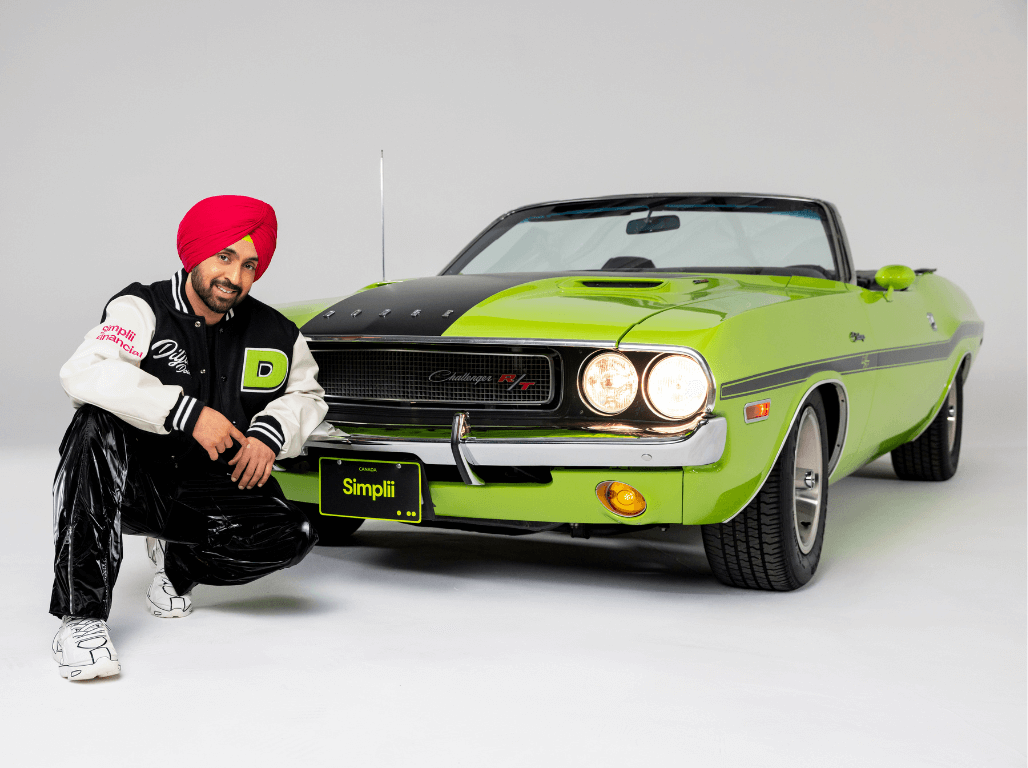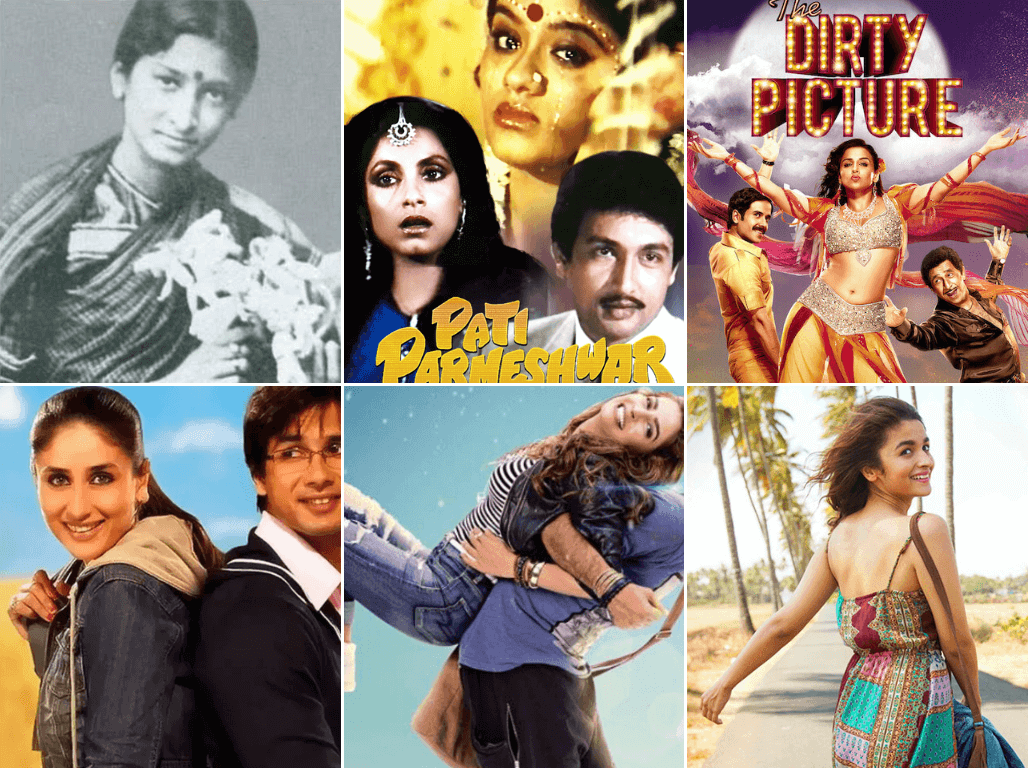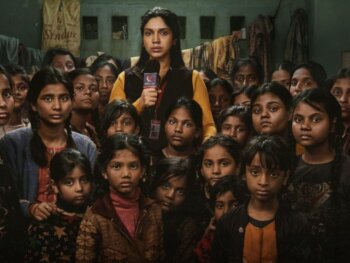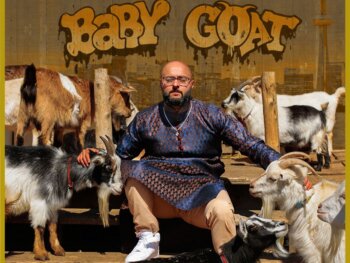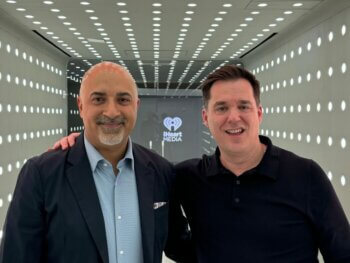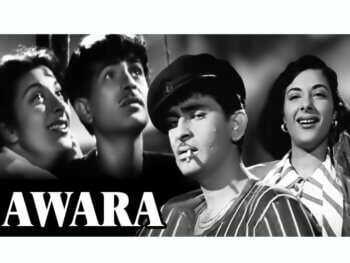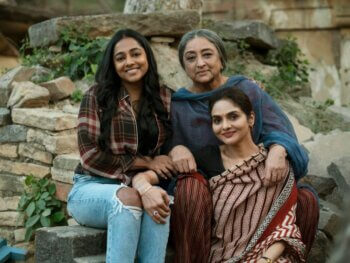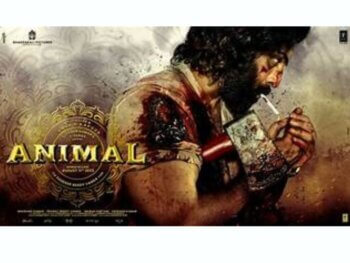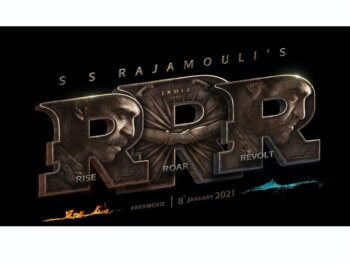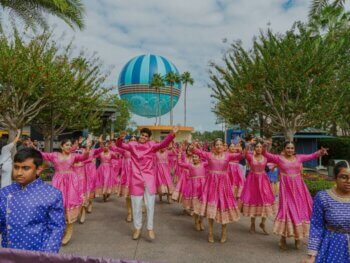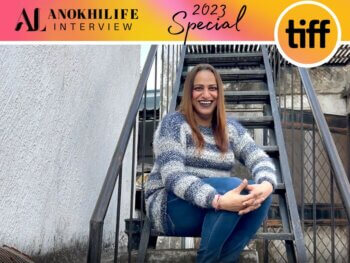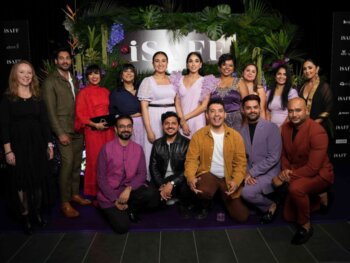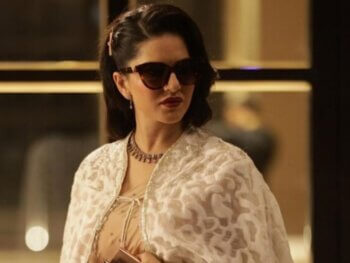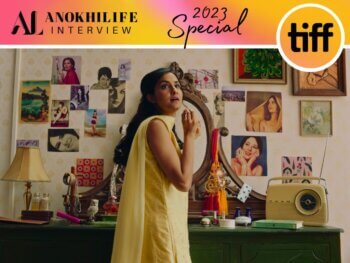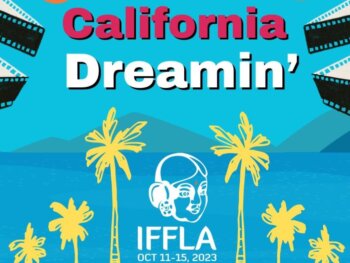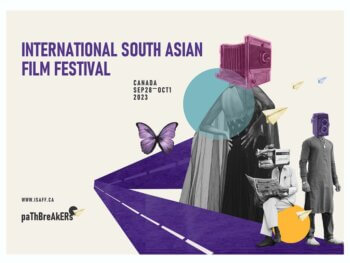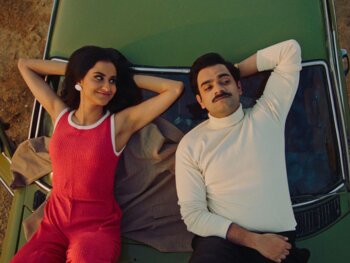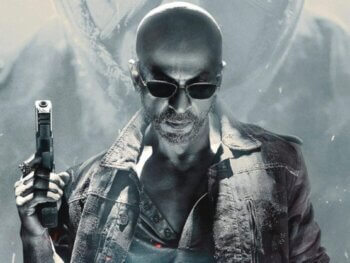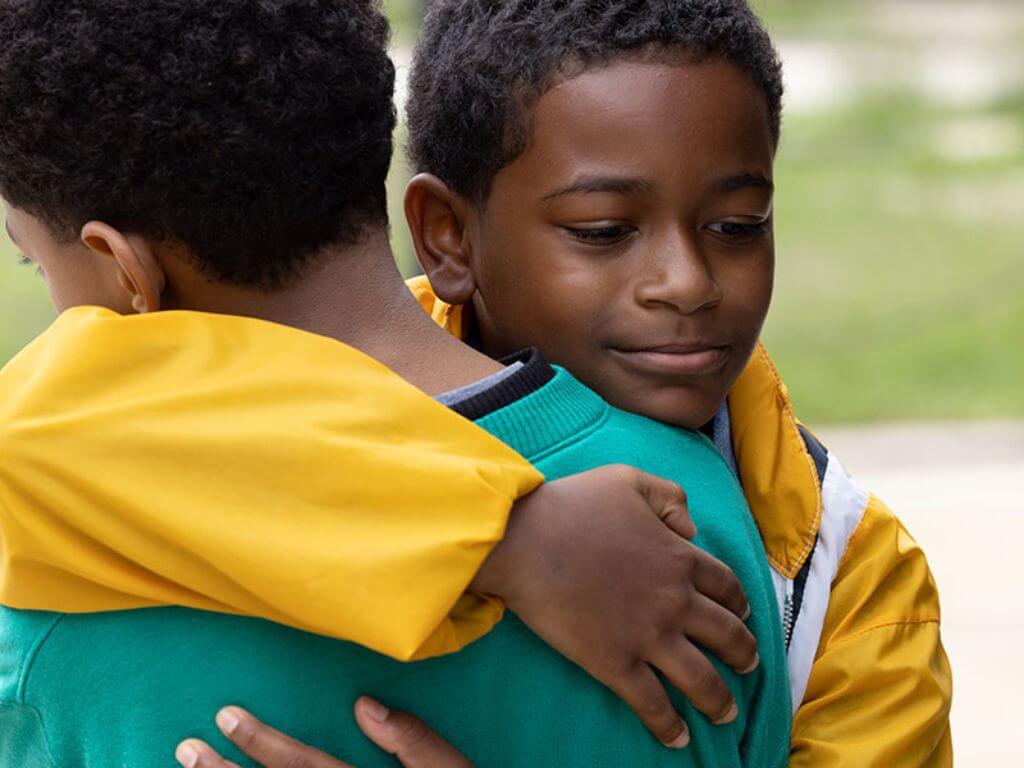
TIFF 2023: ‘We Grown Now’ Director Minhal Baig Shares With Us Why Neighbourhood Stories Should Be Told
Entertainment Oct 18, 2023
Our official TIFF reporter Matthew Currie has an exclusive chat with writer-director Minhal Baig about her bittersweet, visually stunning drama We Grown Now. The movie, which had its premiere at the Toronto International Film Festival, tells the story of two young boys coming of age amidst the turmoil and hidden joys of Chicago’s infamous Cabrini-Green housing project circa 1992.
Previously at TIFF in 2019 for her breakout feature Hala, young filmmaker Minhal Baig returned to the festival this past September with a different sort of coming-of-age drama, this one about two African-American kids (Blake Cameron James and Gian Knight Ramirez) growing up in Chicago’s Cabrini-Green housing development in the early 1990s. Cabrini-Green has, in real life, since been demolished, but in their day, those towers came to be a notorious symbol of urban decay. Yet here, we see them through the innocent, imaginative eyes of children for whom Cabrini-Green is — despite the poverty and crime — home. Alas, as circumstances conspire, our two protagonists will be forced to reckon with the harsh realities of their environment, and the painful process of growing up.
Matthew Currie: The Cabrini-Green housing project is an infamous part of Chicago’s history, and it’s often portrayed in a very negative light, as a representation of poverty and the class divide. Your portrayal of it doesn’t shy away from that, but you also invest the space with such a warmth and vibrancy.
Minhal Baig: The way we were filming it, we really wanted to make sure that we were seeing it through the lens of the kids. This place is the only place they’ve known as home and we wanted to make sure the audience had that connection with this place in the same way that they did. [In doing research for the film,] a lot of the ways that former residents spoke about Cabrini-Green, it was obviously complicated feelings because of course there was violence and there was crime and there are a lot of things that they had issues with, but there was also a lot of life there. A lot of the stories they shared were stories of the everyday. Those moments were the ones I was really not expecting as much and yet those were the stories that kept coming up and informed the script.
And then when we thought about the perspective of the movie and sort of staying on that perspective, we kept asking ourselves, “How do children growing up in this place view the space?” And so that’s why we chose a lot of warm colours and made sure that we’re really also representing the community inside of the place. The architecture itself is historically accurate; the way we built the sets was based on an actual blueprint of a Cabrini-Green high-rise, an actual unit. So it’s very historically accurate. But the way we shot it and we lit it, it was with a lot of love and reverence for it, because we wanted to make sure that we kept highlighting, “What is it like to be a kid in this place?”
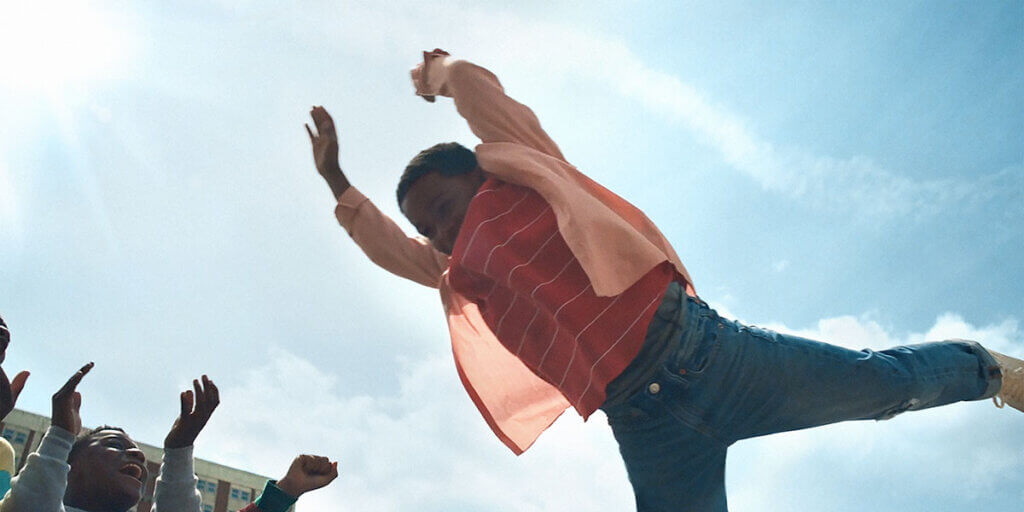
MC: Would you say that the movie engages with the idea of “home,” and the complicated relationship we all tend to have with the place we grew up . . .
MB: Yeah, I was definitely exploring that theme. I returned to Chicago after 16 years of being away and moved back there, and the city has changed quite a lot since I was a kid . . . Sometimes it’s complicated to distinguish what is it about the city that’s changed and what is it about you that has changed. But for me, it was my family’s home in Rogers Park. We were deciding what to do with this home, because my father had passed. Everyone had different feelings about it. But my feelings were complicated, because for me, the place was never going to be the same without my father there.
And so that was actually the starting point of where this story emerged from: wanting to explore “What does a home mean to people?” Because that place just didn’t feel the same way to me anymore. Now that I’ve come back after many years, I’ve found something else, which is a community there. That’s what home is now for me, surrounding myself with people and community that I love. And that starting point is what led me to exploring the relationship that people have to home where the physical location doesn’t exist anymore.
Cabrini-Green was a place that I had heard of growing up; it was a world away from where I was growing up. But when I graduated from college, I went back to the city and the last of the towers was already demolished. So the city looked and felt really different. But there was still a community there and it was still very vibrant and very connected. And even when I went back there and started interviewing people, it was the same thing. Each interview sort of led me to another person who had stories to share. And these were people who had lost their own geography, you know, but yet had really close relationships with people they were living with in these high-rises, still to this day. And that kind of taught me about where we land in the movie, which is: A place is the people.
MC: The two boys at the heart of this story, they’re at an interesting age of being not quite adolescents, but not quite innocent kids anymore. Why was that the right age for the protagonists in this particular story you wanted to tell?
MB: So, the boys are about 10, going on 11. I used to tutor fourth and fifth graders for a time in my life, and it’s right at the age where they’re starting to really kind of become their own individuals and learning to be more independent and seeking approval more so from their peers than from their parents. And starting to recognize the external forces that exist in their world and how it affects their lives. That turning point was really why I chose for the kids to be 10. I didn’t want them to be teenagers and I didn’t want them to be too young where we just don’t get enough of the world and it’s too much in a child’s perspective. I think that 10 going on 11 was the right age for exploring that transition of, “OK, our world of jumping and playing hooky, and running around in the breezeway is now transitioning into a different phase where we now have to be more careful and considerate and understand that our neighbourhood is not the same anymore.”
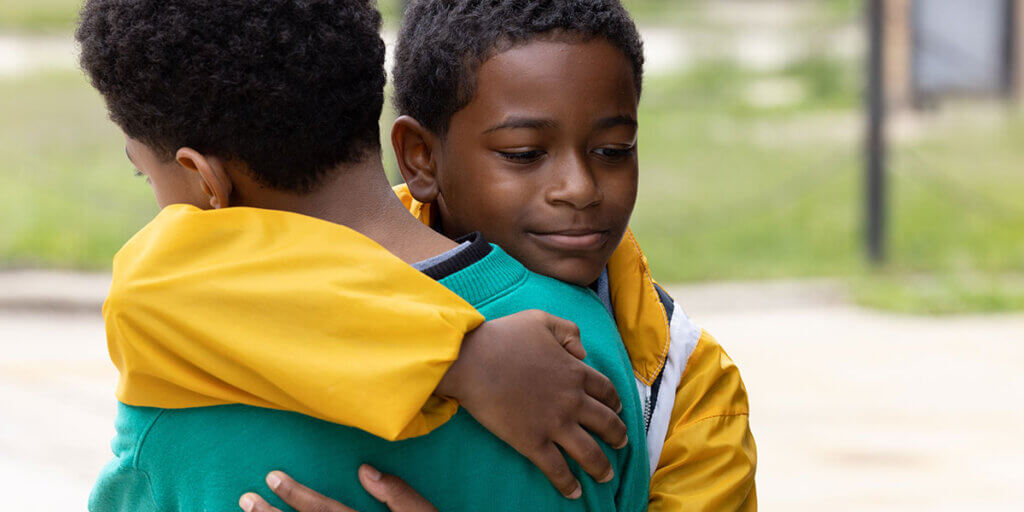
MC: As grounded as it is, the film also has these touches of almost magical realism visually, and quite theatrical moments like, at the museum, where the kids are having this deep philosophical conversation about their place in the world . . .
MB: We were really looking to add scope to the film. One of the ways we were doing that was through seeing the film through the children’s eyes. And one thing that did emerge for me as I was talking to people was how imaginative children can be, and how going to play hooky was a big, grand adventure; it wasn’t just, like, going to the museum. And so we wanted it to feel a little larger than life, and I never wanted the story of these two kids to feel too domestic or too small. I really wanted it to feel like we were in it with them, it’s immersive, and there’s moments of great beauty that they find in ordinary things.
MC: This film takes place in early ’90s Chicago, so naturally you have a Bulls reference, with the kids talking about Michael Jordan and Scottie Pippen. In what ways do Jordan and Pippen, this iconic NBA duo, apply to our two leads?
MB: As a big Chicago Bulls fan . . . I recall time watching watching those games with my father, and he even took me to a game once. It was so much the world in ’92; you really couldn’t escape it if you were in Chicago. So it felt like I need to have that somewhere in the film, because without that it just doesn’t feel right. And I also wanted it to be a bit of a commentary on [the two main characters’] relationship with each other, because I saw them very much as a pair and a team together. By the end of the film, they’re understanding they were this team together this whole time, [but now] they’re growing apart and having to really grow up and blossom in their own environments. It’s a challenging thing for a child to understand.
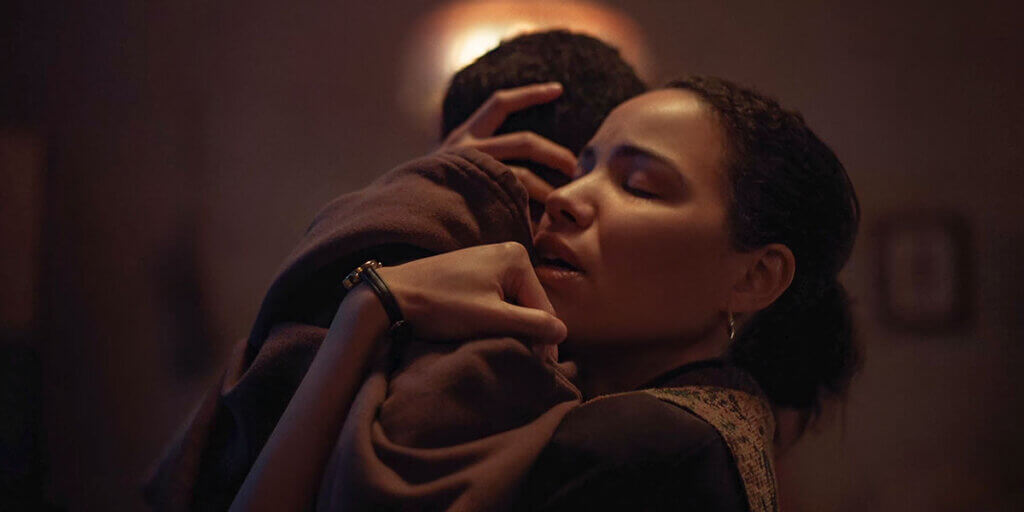
MC: Though the story primarily takes place through the eyes of the kids, the adult characters have their own, separate journeys throughout the film, especially Jurnee Smollett as Malik’s mom and S. Epatha Merkerson as his grandma. Did you essentially want to juxtapose the experiences of the kids with the experiences of their parents and grandparents?
MB: For Jurnee’s character, Dolores, I wanted there to be a story of her also growing up and changing, learning to accept her father’s death, and in the process of accepting that, understanding that she now has to go off and find a new place for her kids, which is very difficult. Change is very difficult for a lot of people who were living in the projects; it wasn’t easy to leave. Even if you had the means to leave, it still wasn’t easy to uproot your whole life and then move somewhere else where you may not be treated as well and it could be a hostile environment . . . especially if people knew you were coming from Cabrini-Green, so they had some preconceived ideas about who you are and what you’re doing here. So I wanted to explore that through her arc of coming to accept that this place is no longer her home. And to really step up and do this for her kids. It’s hard, but she’s also ready to do it.
Main Image Photo Credit: www.tiff.net
.
Matthew Currie
Author
A long-standing entertainment journalist, Currie is a graduate of the Professional Writing program at Toronto’s York University. He has spent the past number of years working as a freelancer for ANOKHI and for diverse publications such as Sharp, TV Week, CAA’s Westworld and BC Business. Currie ...






























































